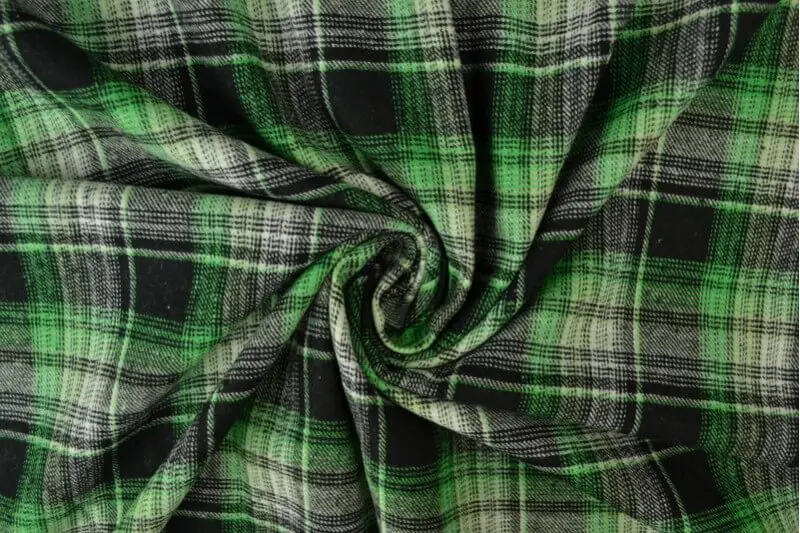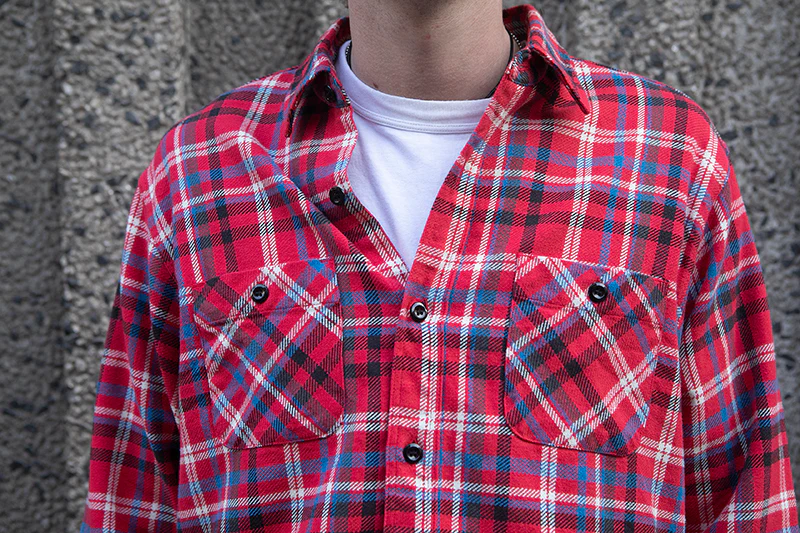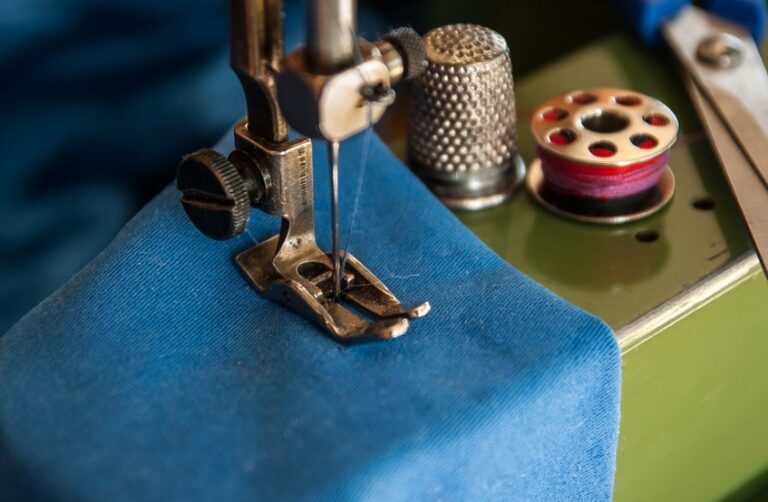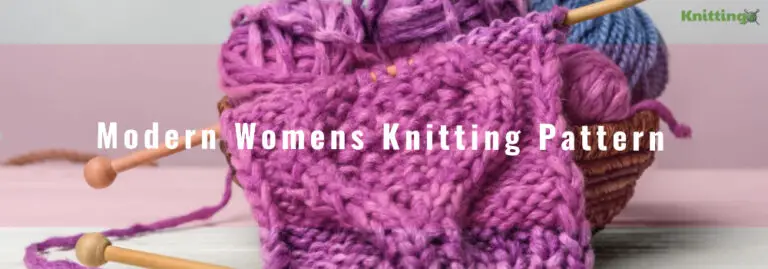Twill and flannel are two types of fabrics with distinct characteristics. Twill is a fabric weave with diagonal lines or ridges on the surface, giving it a unique texture. It is durable, resistant to wrinkles, and commonly used for pants, jackets, and home decor. Flannel, on the other hand, is a soft, brushed fabric known for its warmth and comfort. It is made from loosely spun yarns and typically used in shirts, pajamas, and bedding.
Definition and Characteristics of Twill Fabric
Twill fabric is a type of textile characterized by a distinct diagonal pattern or ridges on its surface. It is created by weaving the yarns in a specific pattern, where each weft thread passes over and under multiple warp threads before moving on to the next set of warp threads. This weaving technique results in the formation of diagonal lines or twill lines on the fabric.
Some key characteristics of twill fabric include:
- Diagonal Pattern: Twill fabric has a prominent diagonal pattern that sets it apart from other weaves, such as plain weave or satin weave.
- Durability: Twill is known for its durability and strength due to the way the yarns are interlaced. This makes it suitable for heavy-duty garments and upholstery.
- Wrinkle Resistance: The diagonal ridges on twill fabric make it less prone to wrinkling compared to other weaves, giving it a more polished appearance even after prolonged use.
- Drapability: Twill fabric has a moderate degree of drapability, meaning it hangs well and flows nicely. The weight and thickness of the fabric can vary depending on the specific type of twill.
- Versatility: Twill is a versatile fabric used for a wide range of applications, including pants, jackets, skirts, suits, upholstery, and home decor items like curtains or tablecloths.
Definition and Characteristics of Flannel Fabric
Flannel fabric is a soft, warm, and fuzzy textile typically made from wool, cotton, or a blend of fibers. It is known for its brushed surface, which creates a raised, fuzzy texture. Here are the characteristics of flannel fabric:
- Softness: Flannel fabric is renowned for its exceptional softness. The brushing process raises the fibers on the surface, giving it a cozy and comforting feel against the skin.
- Warmth: Flannel is highly regarded for its warmth and insulation properties. The brushing technique creates air pockets in the fabric, trapping heat and providing excellent thermal insulation, making it ideal for cold weather garments and bedding.
- Brushed Surface: The surface of flannel fabric undergoes a brushing process where fine metal brushes are used to raise the fibers. This brushing creates a fluffy texture, enhancing its softness and improving its ability to retain heat.
- Breathability: Despite its warmth, flannel is still breathable. The natural fibers allow air circulation, preventing excessive heat buildup and providing comfort.
- Versatility: Flannel fabric is commonly used in a variety of garments, including shirts, pajamas, robes, and jackets. It is also popular for bedding, such as sheets, blankets, and pillowcases.
- Easy Care: Flannel fabric is generally easy to care for. It can often be machine washed and tumble dried, although specific care instructions may vary depending on the fiber content.
Comparing Twill and Flannel Fabrics

Twill and flannel are two distinct types of fabrics, each with its own unique characteristics and uses. Let’s compare twill and flannel fabrics in terms of their weave, texture, durability, warmth, versatility, and care:
Weave:
- Twill: Twill fabric is woven in a specific pattern that creates diagonal lines or ridges on the surface. This weaving technique gives twill its distinctive texture and appearance.
- Flannel: Flannel fabric is not defined by a specific weave pattern, but rather by its brushing process. The brushing raises the fibers on the surface, creating a soft and fuzzy texture.
Texture:
- Twill: Twill fabric has a smooth and structured texture due to the diagonal ridges on its surface. It is often considered more polished and refined.
- Flannel: Flannel fabric has a soft and fuzzy texture due to the brushing process. It has a cozy and comforting feel against the skin.
Durability:
- Twill: Twill fabric is known for its durability and strength. The interlacing of yarns in a twill weave creates a sturdy fabric that is resistant to wear and tear.
- Flannel: Flannel fabric, depending on the fiber content, can vary in terms of durability. Wool flannel is typically more durable than cotton flannel due to the inherent strength of wool fibers.
Warmth:
- Twill: Twill fabric can provide some warmth depending on its weight and thickness, but it is not specifically designed for insulation.
- Flannel: Flannel fabric is highly regarded for its warmth and insulation properties. The brushing process creates air pockets in the fabric, which trap heat and provide excellent thermal insulation.
Versatility:
- Twill: Twill fabric is versatile and can be used for various applications. It is commonly used in clothing such as pants, jackets, skirts, and suits. It is also used in upholstery and home decor items like curtains and tablecloths.
- Flannel: Flannel fabric is versatile and finds widespread use in clothing and bedding. It is commonly used for shirts, pajamas, robes, and jackets. Flannel sheets, blankets, and pillowcases are also popular choices for bedding.
Care:
- Twill: Twill fabric is generally easy to care for. It can be machine washed and tumble dried, although specific care instructions may vary depending on the fiber content.
- Flannel: Flannel fabric typically requires gentle care due to its brushed surface. It is often recommended to wash flannel items on a gentle cycle with mild detergent and avoid high heat drying to maintain its softness and texture.
Selecting the Right Fabric: Factors to Consider
When selecting the right fabric for your project or garment, there are several factors to consider. Here are some important considerations:
- Purpose and Use: Determine the intended purpose and use of the fabric. Are you making clothing, upholstery, bedding, or accessories? Different fabrics are suitable for different applications. For example, twill is often used for pants and jackets, while flannel is popular for cozy shirts and bedding.
- Fiber Content: Consider the fiber content of the fabric. Common fibers include cotton, wool, silk, polyester, and blends. Each fiber has its own characteristics in terms of softness, durability, breathability, and care requirements. Choose a fiber that aligns with your desired qualities and the intended use of the fabric.
- Texture and Feel: Assess the texture and feel of the fabric. Some fabrics have a smooth and polished texture, while others are soft and fuzzy. Consider the tactile experience you want for your project and choose a fabric that matches your preferences.
- Season and Climate: Take into account the season and climate in which the fabric will be used. For warmer weather, lightweight and breathable fabrics like cotton or linen may be more suitable. In colder weather, fabrics with insulation properties like flannel or wool can provide warmth.
- Care and Maintenance: Consider the care requirements of the fabric. Some fabrics are machine washable, while others require delicate handling or professional cleaning. Take into account your willingness and ability to care for the fabric appropriately.
- Color and Pattern: Determine the desired color and pattern of the fabric. Fabrics come in a wide range of colors and patterns, so choose one that matches your aesthetic vision and complements your project.
- Budget: Consider your budgetary constraints. Different fabrics come at varying price points, so be mindful of your budget while selecting a fabric that meets your needs.
- Availability and Sourcing: Check the availability and sourcing of the fabric. Some fabrics may be readily available in local stores or online, while others may require more effort to source. Consider the convenience and accessibility of the fabric you choose.
Conclusion
In conclusion, twill and flannel are two distinct fabrics with unique characteristics and uses. Twill fabric is known for its diagonal pattern, durability, wrinkle resistance, and versatility. It is commonly used for structured garments and home decor items. On the other hand, flannel fabric is prized for its softness, warmth, breathability, and cozy texture. It is popular for creating comfortable clothing and bedding, particularly in colder climates.
References:
https://www.hughandcrye.com/pages/twill-weave
https://www.themanual.com/fashion/twill-corduroy-denim-flannel-alternatives/







